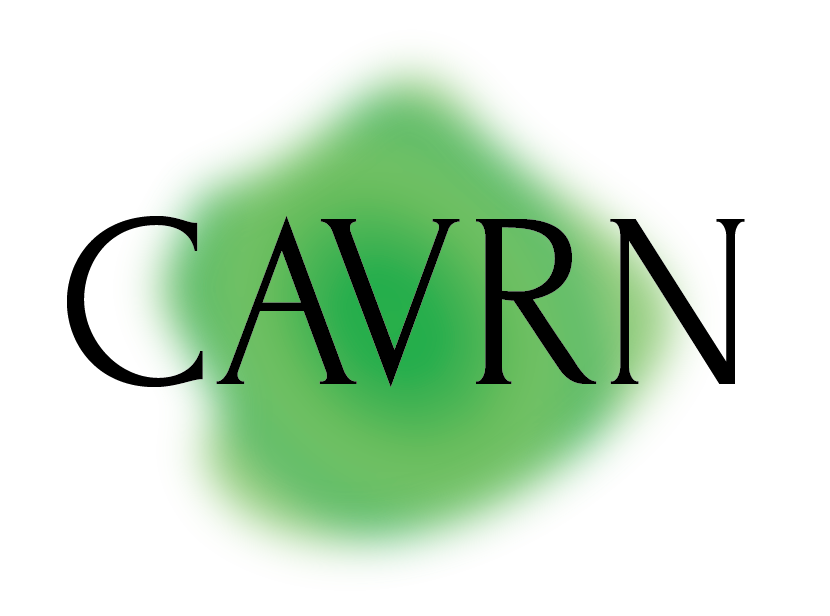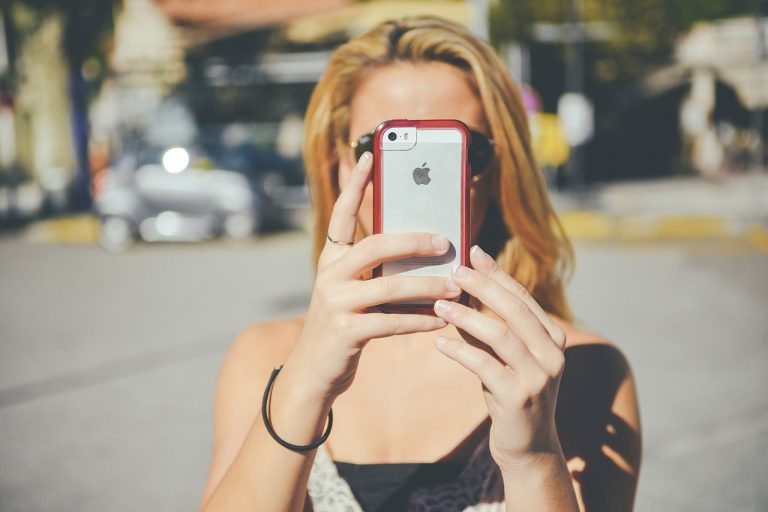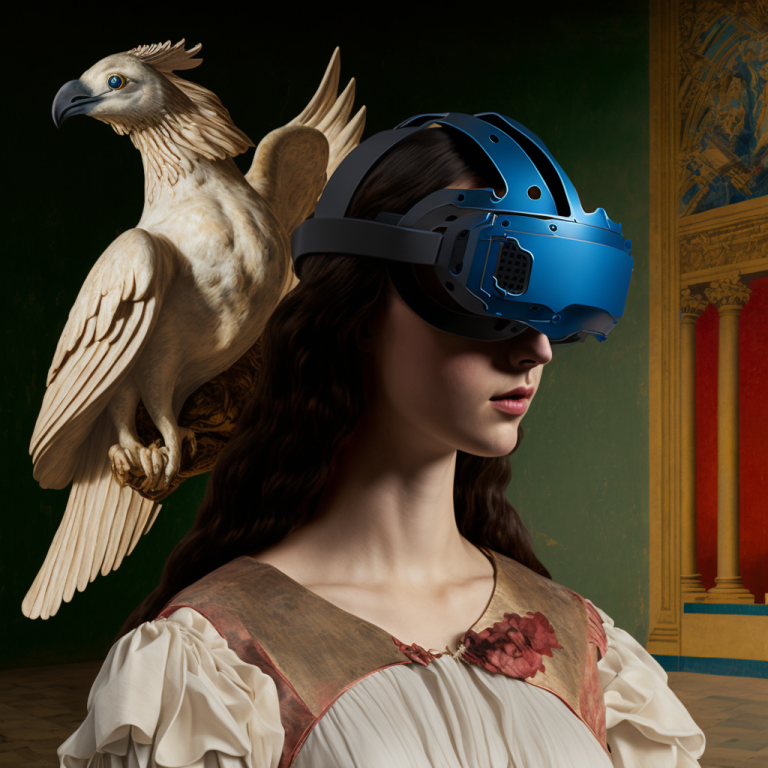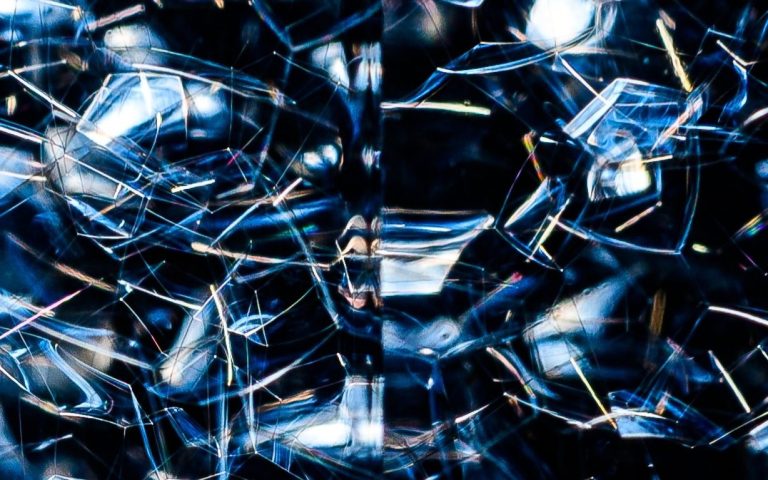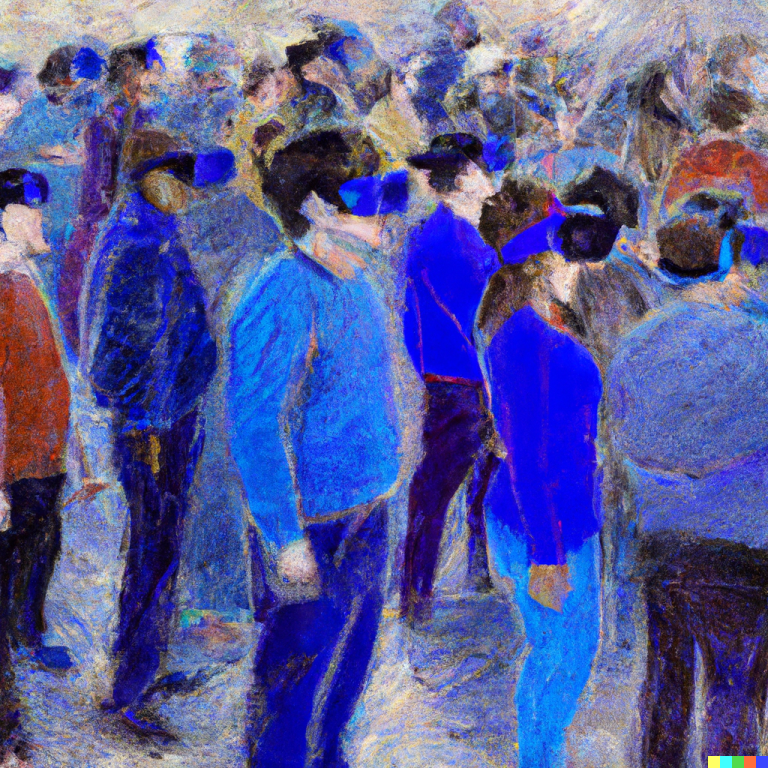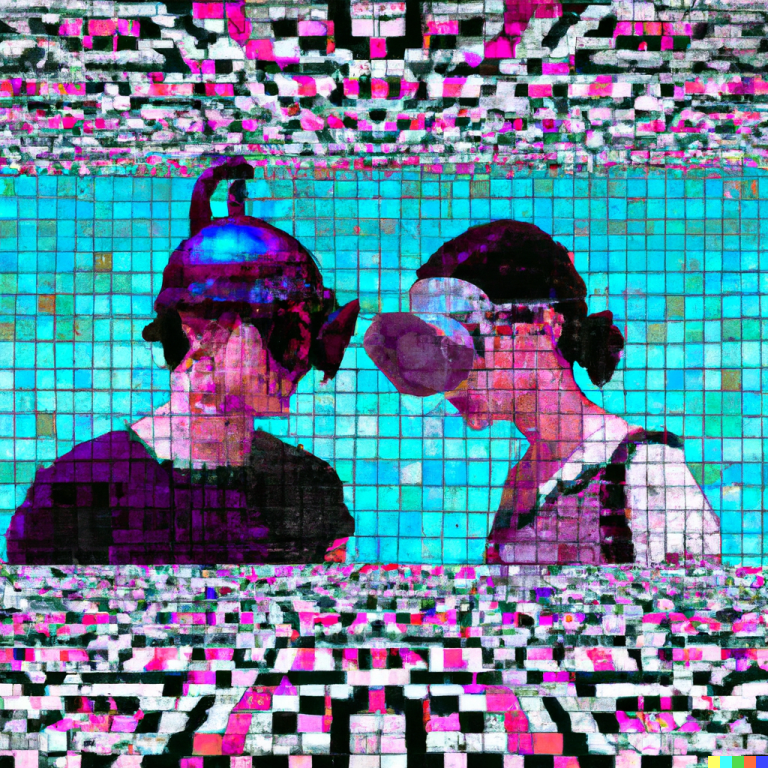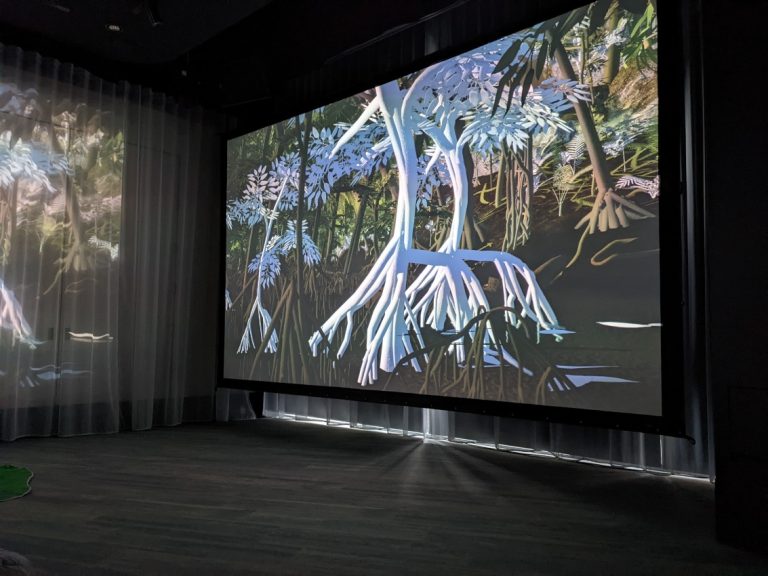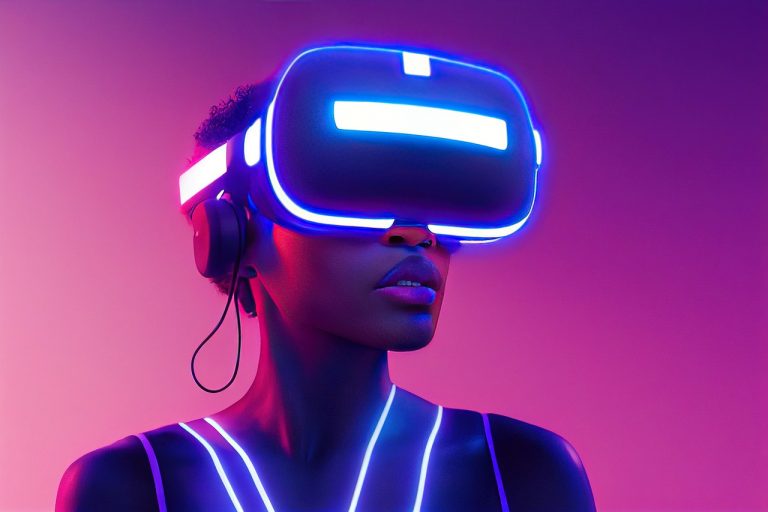Expectations of privacy in public space
AR and VR intersect (and often conflict) with expectations of privacy in public space in ways that will only become more salient over time. There is a varied and sustained engagement with the topic in the AR literature, which act as sophisticated surveillance systems. As Mark Pesce notes – “[f]ar less a new beginning than…
